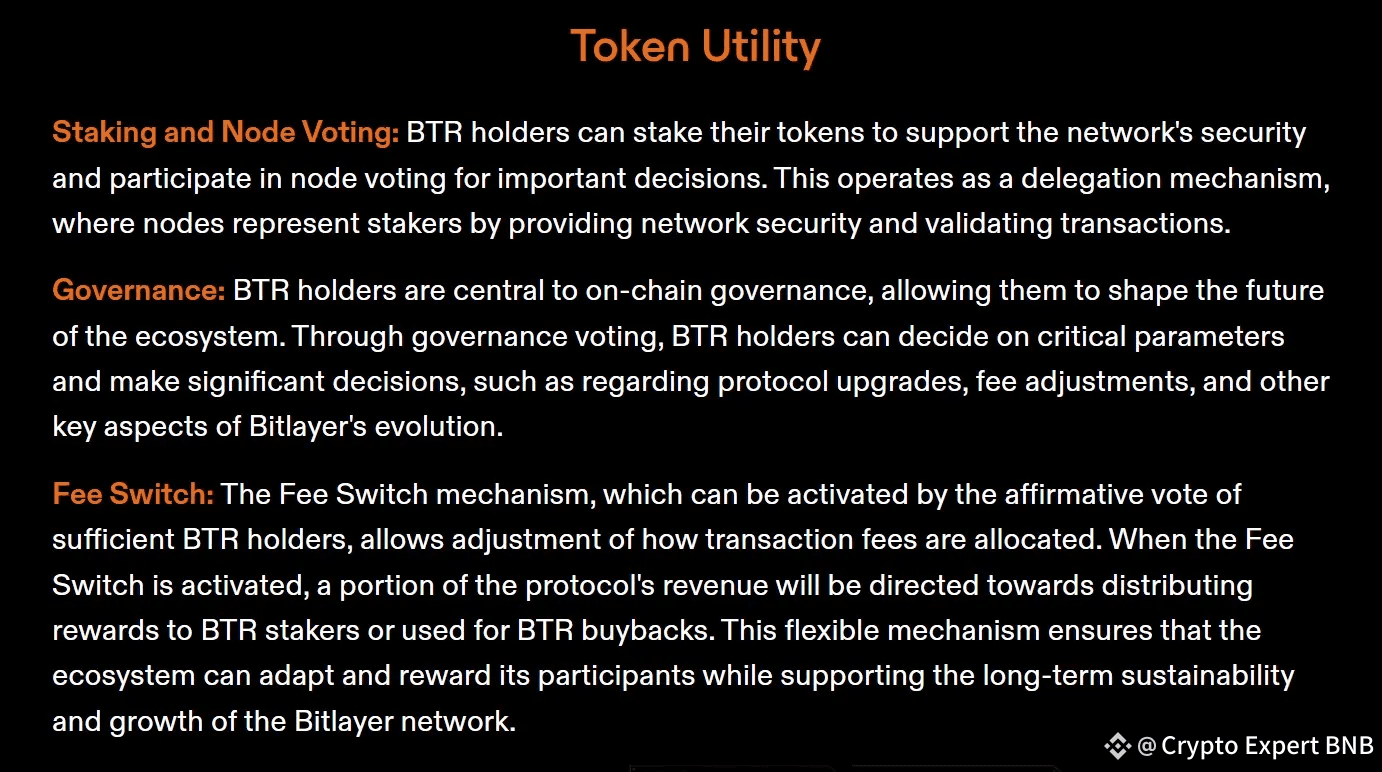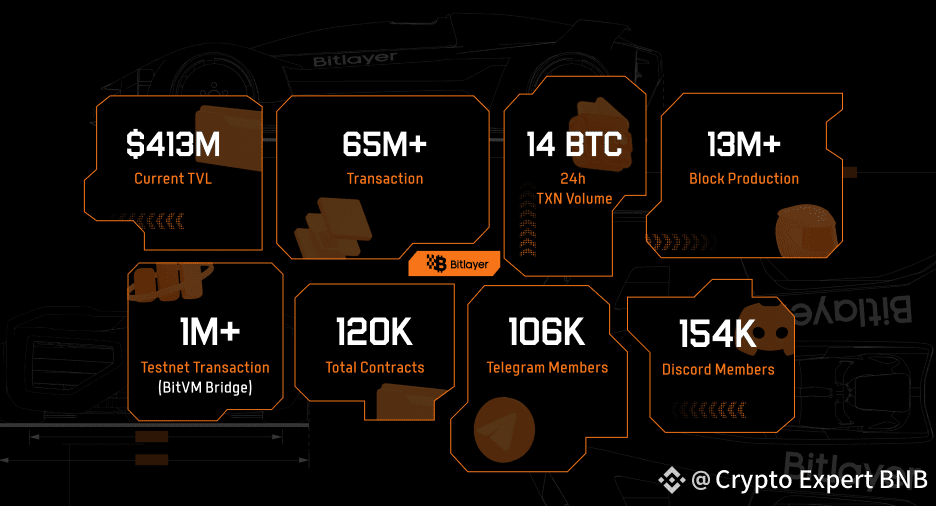For the better part of its existence, Bitcoin has been revered as an immutable reserve of value—a digital analogue to gold—yet it has remained conspicuously underutilized as a dynamic financial instrument. Now, amidst a climate of accelerated institutional acquisition and strategic treasury allocation, a profound shift is underway: the emergence of Bitcoin Finance (BTCFi) as a viable, yield-generating frontier.
At the vanguard of this transformation stands Bitlayer, an ambitious protocol intent on dismantling Bitcoin’s perceived functional limitations. Its raison d’être is unambiguous—to architect an infrastructure that not only safeguards Bitcoin’s uncompromising security ethos but also expands its capabilities into the realm of programmable, high-performance financial operations.

The Impetus Behind BTCFi’s Rise
Institutional participation has shifted Bitcoin from a speculative asset into a recognized macroeconomic player. However, conventional avenues for yield generation within Bitcoin’s native environment have remained sparse and structurally constrained. Bitlayer’s intervention is a calculated response to this market deficiency, positioning itself as the scaffolding upon which BTC holders can deploy their capital for strategic returns—without recourse to opaque or centralized custodianship.
A Dual-Pillar Technological Framework
Bitlayer’s blueprint is constructed upon two pivotal innovations, each instrumental in reconciling Bitcoin’s security with decentralized versatility.
1. The BitVM Bridge – This is not a conventional bridge, riddled with multi-party trust dependencies. Rather, it employs a trust-minimized architecture wherein the system’s integrity hinges on the honesty of a single participant—drastically reducing systemic attack surfaces while maintaining operational fluidity.
2. The Bitlayer Network (Layer 2) – Built atop the emergent BitVM paradigm, this high-throughput rollup environment endows Bitcoin with Turing-complete expressiveness, cost-efficient settlement, and the capacity for sophisticated smart contract orchestration—all whilst remaining tethered to Bitcoin’s base-layer immutability.

From Theory to Proven Implementation
Bitlayer distinguishes itself not merely through theoretical ambition but through tangible execution. It has become one of the earliest entities to deliver a functioning mainnet deployment of BitVM technology—transforming an academic construct into a living, transactional ecosystem. This precedence confers upon Bitlayer a first-mover advantage in the still-nascent BTCFi sector.
Strategic Alliances for Ecosystem Expansion
In fortifying its position, Bitlayer has cultivated alliances with both infrastructural and liquidity powerhouses. Collaborations with blockchain networks such as Sui, Base, Arbitrum, and Cardano augment interoperability, while partnerships with mining behemoths Antpool, F2Pool, and SpiderPool consolidate network robustness and transactional depth. Such alliances are not mere symbolic gestures—they are deliberate integrations aimed at broadening adoption and technical resilience.
Institutional Endorsement and Capitalization
Bitlayer’s trajectory is underwritten by formidable capital influx. A cumulative $25 million has been secured from a cadre of elite investment entities, including Polychain Capital, Franklin Templeton, and Framework Ventures. This war chest is earmarked for infrastructural scaling, regulatory harmonization, and the final preparations preceding its Token Generation Event (TGE).
Cultivating a Stakeholder Community
Beyond its architectural and financial undertakings, Bitlayer is actively cultivating a participatory ecosystem through targeted incentive campaigns. The BTCFi Carnival, in collaboration with Binance Wallet, allocated $1.2 million in BTR rewards via engagement tasks, BTC verification, and activity streaks. More recently, the Bitlayer Booster Program initiated a distribution of 5.7 million BTR tokens, approximately 3% of total supply, to high-engagement Binance users. Such initiatives are designed not merely as marketing spectacles but as mechanisms for organic network entrenchment.

The Broader Horizon
Bitlayer’s proposition is nothing short of transformative: an infrastructure layer that welds Bitcoin’s trustless security with the programmable dynamism long associated with other smart contract ecosystems. By fusing institutional-grade confidence with grassroots incentives, it aspires to catalyze a paradigm wherein BTC is no longer a passive store of value but an active, yield-bearing asset woven into the fabric of decentralized finance.
As the TGE approaches, the convergence of technical sophistication, strategic partnerships, and capital backing positions Bitlayer as a likely keystone in Bitcoin’s forthcoming financial renaissance.

